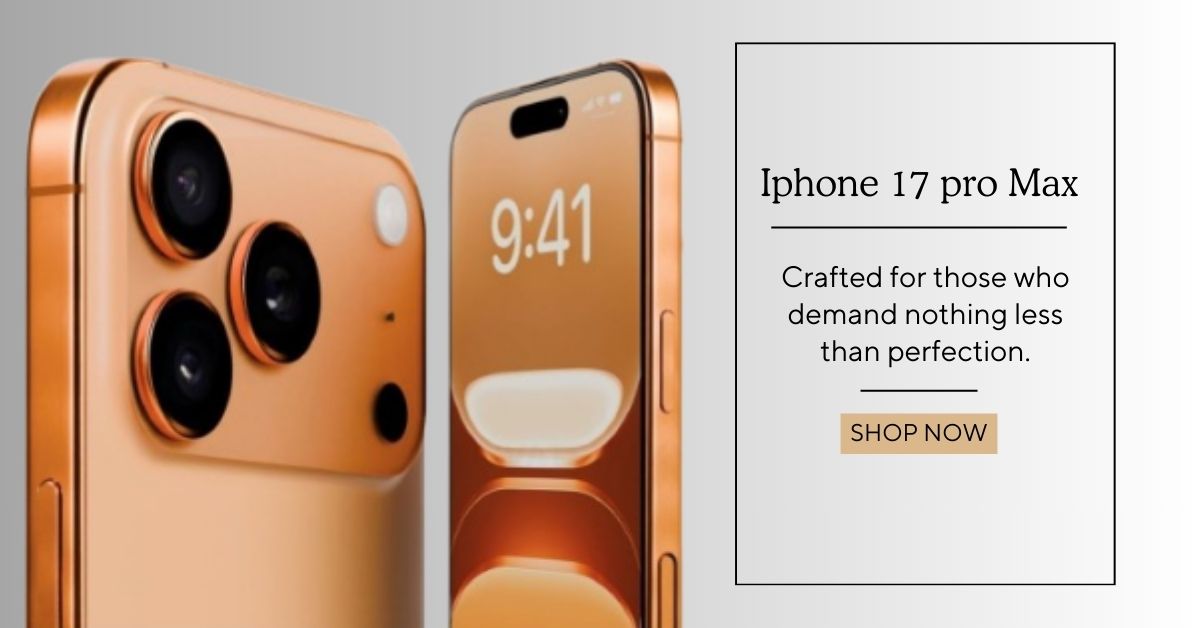Smartphone Screens and Their Differences: A Complete Guide
The smartphone screen is one of the most important elements that determine the user experience. In the world of smartphones, there are many types of screens that differ in quality and technology.
Future of Smartphone Screens: AI-Enhanced Display Technologies
In 2025, smartphone screens are no longer just about resolution and refresh rate—they’re becoming intelligent. AI in Samsung phones and other flagship devices now powers adaptive brightness, color calibration, and even eye-comfort modes based on user behavior. These AI-enhanced displays learn how you use your phone and adjust dynamically to reduce strain, save battery, and improve visibility in different environments. As foldable and rollable screens evolve, expect AI to play a central role in optimizing layout transitions and touch sensitivity.
In this article, we will explore the smartphone screens, their differences, and answer the most common questions about screens to help you choose the most suitable screen for your device.
 |
| Smartphone Screens and Their Differences: A Complete Guide |
Differences Between Screen Types
| Type | Advantages | Disadvantages | Price |
|---|---|---|---|
| LCD | Affordable, clear and bright colors, low power consumption. | Lower color contrast, limited viewing angles. | Low |
| LED | Higher brightness, longer lifespan than LCD. | Does not provide color accuracy like AMOLED. | Medium |
| OLED | True black, wide viewing angles, low power consumption. | Higher cost, potential burn-in. | High |
| AMOLED | Vibrant colors, deep blacks, wide viewing angles. | Burn-in issue, expensive. | High |
| Super AMOLED | Higher brightness, excellent image quality. | Expensive. | Very high |
| IPS LCD | Wide viewing angles, accurate colors. | Lower brightness compared to AMOLED. | Medium |
Most Common Questions About Smartphone Screens
1. What is the difference between OLED and AMOLED screens?
The difference between OLED and AMOLED lies in the structure. AMOLED screens feature an active matrix of pixels, making them more energy-efficient and offering higher brightness compared to traditional OLED screens.
2. Can an AMOLED screen suffer from burn-in?
Yes, AMOLED screens are susceptible to burn-in if the same image is displayed for too long, causing permanent ghost images to appear on the screen.
3. Which screen is the best for color accuracy?
AMOLED and Super AMOLED screens are the best in terms of color accuracy, providing vibrant colors and true blacks.
4. Which screen type is the most energy-efficient?
OLED and AMOLED screens are more energy-efficient when displaying dark colors compared to LCD and IPS LCD screens.
5. Can I watch high-quality content on an LCD screen?
Yes, high-quality content can be viewed on an LCD screen, but it won't provide the high contrast or deep blacks that AMOLED or OLED screens can offer.
Conclusion
There are many types of smartphone screens, each differing in performance, quality, and price. If you are looking for the best color accuracy and contrast, AMOLED and Super AMOLED are the best choices. If you are on a budget but still want decent quality, LCD and IPS LCD are good options.
Ultimately, the choice between these types depends on your personal preferences, usage habits, and budget.







